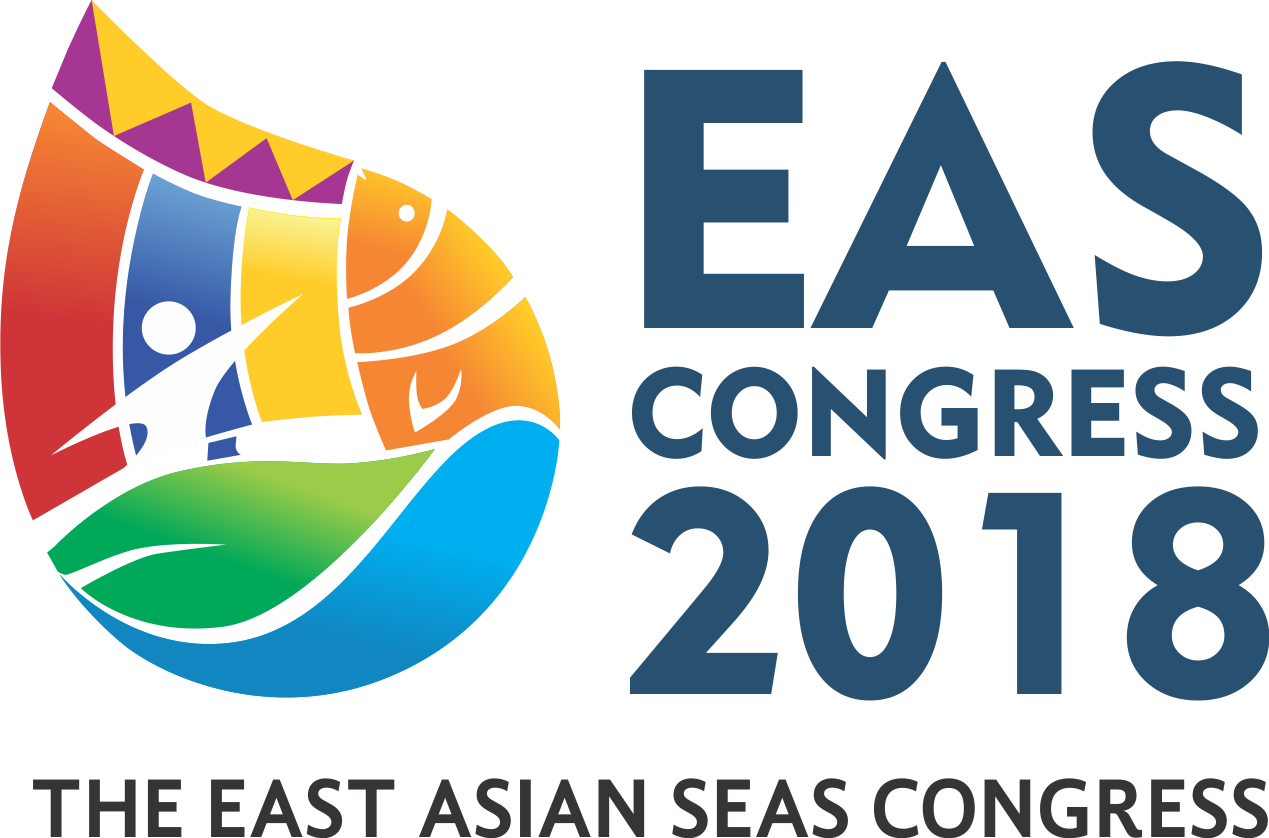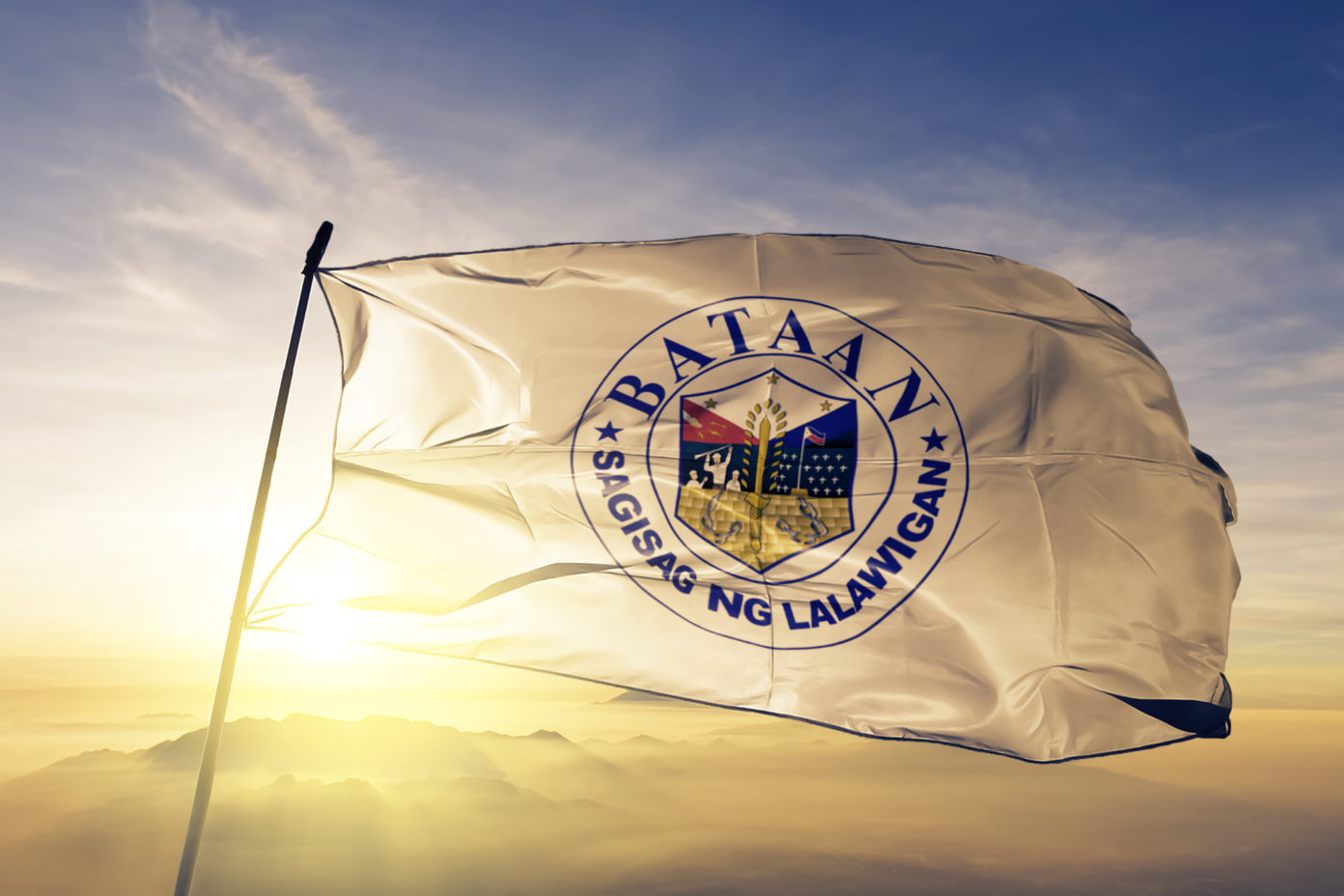© Oleksii Liskonih | Dreamstime Stock Photos
THE provincial government of Bataan will continue to pursue public-private partnership (PPP) projects to ensure sustainable development of its so-called blue economy.
Bataan plays a major role in the Central “Luzon West-Growth Corridor” and serves as Central Luzon’s industrial heartland owing to the presence of several industries, as well as bustling tourism anchored on its natural resources and historical sites.
Implementing various integrated coastal management (ICM) activities, Bataan is working closely with the Department of Environment and Natural Resources (DENR) and the Partnerships in Environmental Management for the Seas of East Asia (Pemsea), an intergovernmental organization operating in East Asia.
Pemsea aims to foster and sustain healthy and resilient oceans, coasts, communities and economies across the region.
Bataan is at the forefront of the country’s socioeconomic growth, boasting robust agriculture, fishery and manufacturing sectors. It is Pemsea’s first ICM Parallel Site in the region.
Some of the ongoing ICM activities include coastal strategy development, beach cleanups, public-awareness campaigns, mangrove rehabilitation and fish/turtle sanctuary establishment.
Turtles
ACCORDING to Provincial Government Environment and Natural Resources (PGENRO) chief Victor B. Ubaldo, Gov. Albert S. Garcia’s thrust is to promote industrialization while ensuring the protection and conservation of the province’s natural wealth, particularly its coastal and marine environment.
Ubaldo, former National Economic Development Authority assistant regional director, emphasized the importance of protecting the province’s rich natural resources, particularly its coastal and marine areas. The London-educated Ubaldo said the challenge is striking a balance between the robust growth brought about by development and the protection of its mangrove forests along the coastal areas.
“Bataan is a peninsula. It is surrounded by bodies of water. From there, you can see the importance of the ocean to the province. Like in other parts of the Philippines near the ocean, the major means of transportation is through the ocean. That is why there are developments of seaports, then development of industrial areas and there is a buildup of residential areas along the coastal areas,” he explained. “Because of [these], there is now a competition for the use of our limited strip of land.”
Historically, Bataan plays host to marine turtles. The province celebrates the Pawikan Festival every December 1 and 2, which highlights the importance given by Garcia’s leadership in protecting and conserving the endangered migratory wildlife, according to Ubaldo.
“When marine turtles return to nest in an area, it means that the marine environment is still healthy,” he explained. “A marine turtle returns to the place where they are hatched to nest when they become mature so it means that Bataan still has a healthy marine environment.”
Challenge
THE challenge, he said, is the fact that there are industries that want easy access to seaports, which threatens mangrove areas.
“Not all of Bataan’s coastlines have mangroves. There are pockets of mangroves around Bataan and the priority is to preserve them,” he said.
The official said they maintain strong links with the local government and the coastal communities in partnership with the DENR and Pemsea to protect them while balancing with the need for development.
“In areas where there are no mangroves, with the permission of the municipal government, we prioritize an area for industrial development,” he said. “For the building up of residential areas, we want to direct them away from coastal areas for their own safety because of the danger posed by climate change impact.”
Long term
UBALDO said, currently, there are big seaports in Mariveles, Limay, Orion and Subic.
Two-thirds of Subic is within the territorial jurisdiction of Bataan, he said.
“There are also private ports, actually, jetties but they operate like private ports.”
According to Ubaldo, the main actors in the coastal resource management are the city or municipal governments, noting that they have the mandate to develop their own coastal areas.
“What the provincial government aims to do is to enhance the capacity of local governments and help them formulate a regulatory environment that is appropriate and in accordance and responsive to the long-term vision of the province,” he said.
Cooperation
UBALDO said that, at the end of the day, the people of Bataan will realize that caring for the province’s natural resources is not the responsibility of the government alone but of everybody that will require the cooperation of everyone.
“We have a partnership with the private sector, the Bataan Coastal Care Foundation. It is because of Pemsea that the BCCF was formed,” he said. “Pemsea help facilitated the formation of the BCCF.” He added Bataan, as an ICM site of Pemsea, is now in the institutionalization stage as far as ICM is concerned.
Published in Business Mirror.

